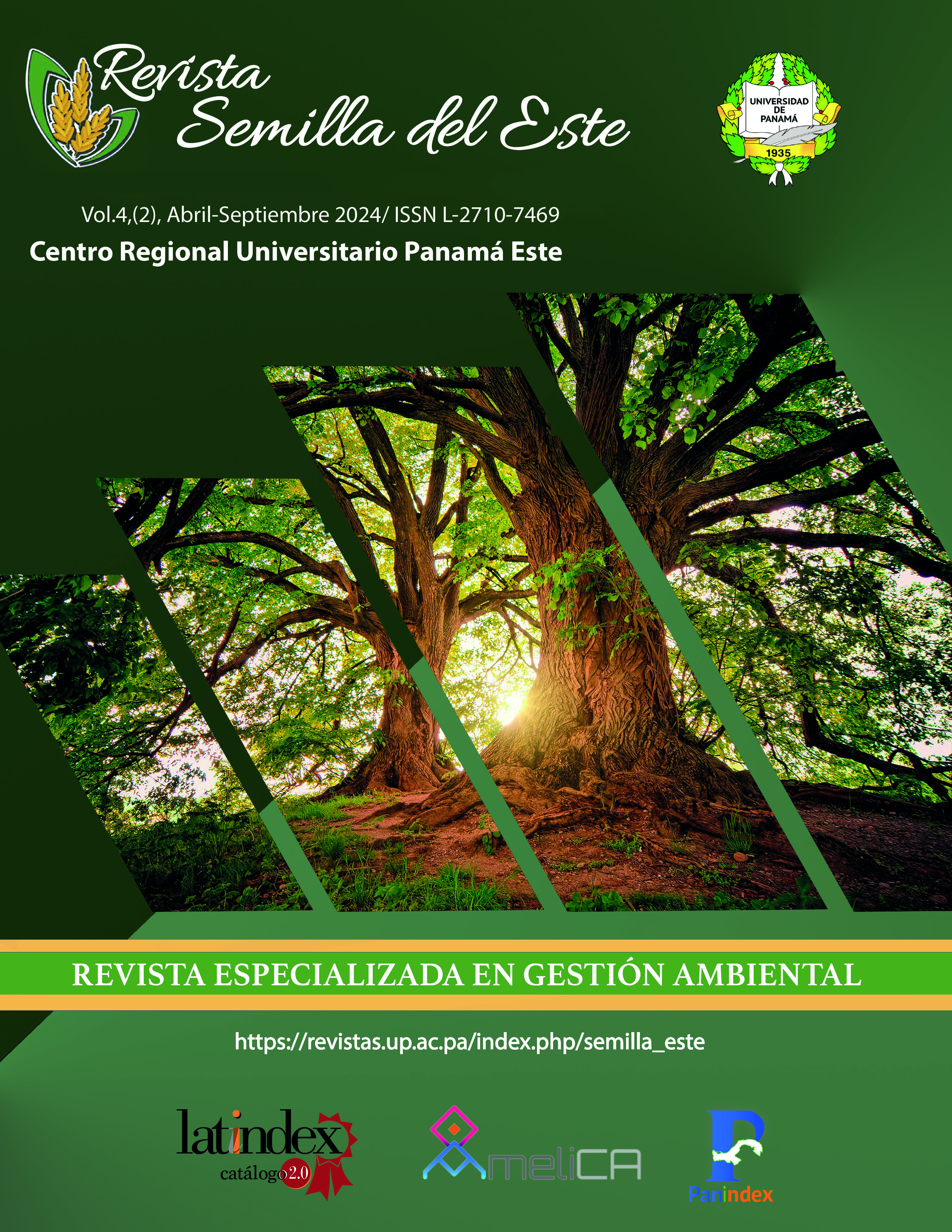


This work is licensed under a Creative Commons Attribution-NonCommercial-ShareAlike 4.0 International License.
In the Mexico-Panama IPT, located in East Panama, the effect of nitrogen fertilization on the production of dry matter and chemical composition of the Brachiaria hybrid grass CIAT BR 02/1794 cv. Cobra, in a randomized complete block design. The doses studied were 50, 75, 100, 150 and 200 kg/N/year. There were no significant differences (P>0.05) between the nitrogenous treatments, observing responses in the range of 2652.90, 2508.28, 2165.26, 2101.40 and 2031.57 kg/ha for the 50, 200, 75, 100 and 150 Kg/N/ha treatments, respectively. There were significant differences between the intervals of cuts made (P<0.05). The highest crude protein values ??were obtained with increasing nitrogen doses. These results indicate that the highest protein percentages in Cobra grass were obtained with the application of 200 kg/ha/N with 13.13 %, being considered excellent for a decumbent grass when cutting every 30 days. The crude fiber did not present significant differences (P>0.05) with the application of the evaluated nitrogenous treatments, but there were significant differences (P<0.05) with respect to the cuts made. For the phosphorus content, no significant differences were shown (P>0.05), when applying the nitrogenous treatments to the Cobra grass, but there were significant differences (P<0.05) in the cuts made.